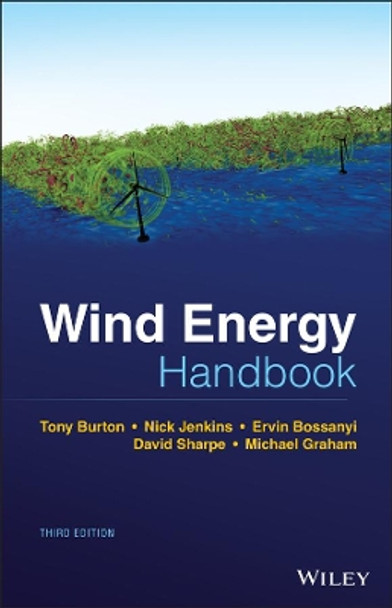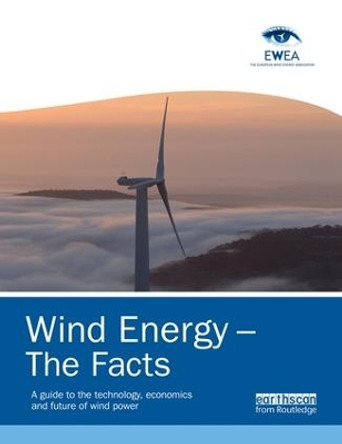Description
Fully updated and authoritative reference to wind energy technology written by leading academic and industry professionals
The newly revised Third Edition of the Wind Energy Handbook delivers a fully updated treatment of key developments in wind technology since the publication of the book's Second Edition in 2011. The criticality of wakes within wind farms is addressed by the addition of an entirely new chapter on wake effects, including 'engineering' wake models and wake control. Offshore, attention is focused for the first time on the design of floating support structures, and the new 'PISA' method for monopile geotechnical design is introduced.
The coverage of blade design has been completely rewritten, with an expanded description of laminate fatigue properties and new sections on manufacturing methods, blade testing, leading-edge erosion and bend-twist coupling. These are complemented by new sections on blade add-ons and noise in the aerodynamics chapters, which now also include a description of the Leishman-Beddoes dynamic stall model and an extended introduction to Computational Fluid Dynamics analysis.
The importance of the environmental impact of wind farms both on- and offshore is recognized by expanded coverage, and the requirements of the Grid Codes to ensure wind energy plays its full role in the power system are described. The conceptual design chapter has been extended to include a number of novel concepts, including low induction rotors, multiple rotor structures, superconducting generators and magnetic gearboxes.
References and further reading resources are included throughout the book and have been updated to cover the latest literature. As in previous editions, the core subjects constituting the essential background to wind turbine and wind farm design are covered. These include:
- The nature of the wind resource, including geographical variation, synoptic and diurnal variations, and turbulence characteristics
- The aerodynamics of horizontal axis wind turbines, including the actuator disc concept, rotor disc theory, the vortex cylinder model of the actuator disc and the Blade-Element/Momentum theory
- Design loads for horizontal axis wind turbines, including the prescriptions of international standards
- Alternative machine architectures
- The design of key components
- Wind turbine controller design for fixed and variable speed machines
- The integration of wind farms into the electrical power system
- Wind farm design, siting constraints, and the assessment of environmental impact
Perfect for engineers and scientists learning about wind turbine technology, the Wind Energy Handbook will also earn a place in the libraries of graduate students taking courses on wind turbines and wind energy, as well as industry professionals whose work requires a deep understanding of wind energy technology.
About the Author
Tony Burton is a Civil Engineer recently retired from a post in offshore wind turbine support structure design with DNV GL in London, UK. He has worked for a major UK wind turbine manufacturer on the design, construction, commissioning, and operation of both medium and large-scale wind turbines.
Nick Jenkins is Professor of Renewable Energy at Cardiff University. He has over 14 years of industrial experience and is a Fellow of the IET, IEEE, and Royal Academy of Engineering.
Ervin Bossanyi is Senior Principal Researcher in renewables at DNV GL in Bristol, United Kingdom. He is also Visiting Professor at the University of Bristol. He received the Scientific Award of the European Academy of Wind Energy for outstanding contributions to the development of wind energy.
David Sharpe is a Researcher in wind turbine aerodynamics, having previously been Senior Lecturer in aeronautical engineering at Queen Mary College and then Senior Research Fellow at the Centre for Renewable Energy Systems Technology at Loughborough University. He is currently a visiting Professor at Strathclyde University.
Michael Graham is Professor in the Faculty of Engineering, Department of Aeronautics at Imperial College in London, UK. His research foci are on environmental flows, computational fluid dynamics, and marine technology.
Book Information
ISBN 9781119451099
Author Tony L. Burton
Format Hardback
Page Count 1008
Imprint John Wiley & Sons Inc
Publisher John Wiley & Sons Inc
Weight(grams) 1899g
Dimensions(mm) 244mm * 170mm * 61mm


